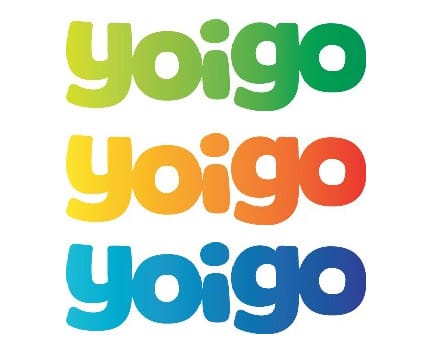TeliaSonera was
very upfront at the recent Mobile World Congress about its intentions to
throttle over-the-top (OTT) VoIP services like Skype and Viber unless customers
paid for an additional package.
In Spain, through its wholly owned subsidiary , Yoigo,
TeliaSonera has already begun to implement the first part of this strategy. Yoigo
offers a plan, Bono
VoIP, which is included in some of what they call their “Mega Plans.” In,
for example, Mega Plan 40, you get 600 minutes of talk time plus 600MB data
allowance, and in addition to that you get a 100Mb for VoIP calls.
Does this mean that Yoigo is throttling “unpaid” VoIP
traffic? It would be in line with statements from TeliaSonera. It would also be
in line with what many other European operators are doing, according to a
recent report from BEREC,
the Body of European Regulators for Electronic Communications.
But what will the reaction be? When Dutch operator KPN last
year announced
plans to charge subscribers extra for the use of OTT services, with a focus
on WhatsApp, which is huge in the country, it sparked an uproar, which ended
with Dutch legislators quickly introducing – and passing – a net neutrality
law.
The situation in Spain seems to be very different. Apart from a few disgruntled voices, Spanish
subscribers seem to accept Yoigo’s add-on offering.
Why is this? Is it because Yoigo is the fourth operator in what
is essentially a three-operator market? Are OTT services and their availability
not an important factor in Spain? Or is it because consumers – outside the
Netherlands – aren’t paying attention yet?
Or are we seeing the start of a new attitude from consumers,
a willingness to pay for OTT VoIP services if the rest of an operator’s
offering is attractive?
What do you think?
